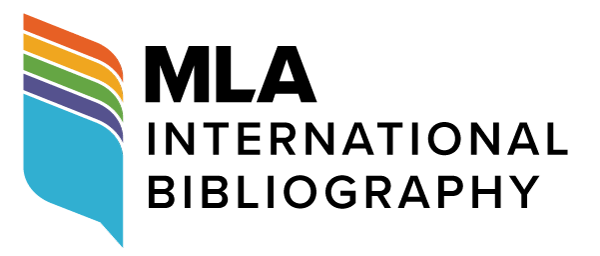Postmodern Irony and Humor in Catch-22 by Joseph Heller and Their Parallels in Postmodern Music and Art
DOI:
https://doi.org/10.18485/bells.2011.3.14Keywords:
irony, humor, postmodernism, Joseph Heller, Catch-22, Wayne BoothAbstract
This essay explores the concept of irony and the ways in which this mode is reflected in such distant forms of aesthetic expression as literature, music and visual arts, especially within the postmodern era which not only embraces, but also intensifies and influences this long-established stylistic technique. With this aim, this essay takes Joseph Heller’s novel Catch-22 as a representative example of the postmodern literature, as well as Kurt Vonnegut’s graphic Trout in Cohoes, Rupert Holms’s The Pina Colada Song and Leroy Anderson’s The Waltzing Cat as corresponding examples of postmodern visual and music arts respectively. The theoretical framework is based on Wayne Booth’s concept of irony, and also includes humor as an accompanying element of ironic expression.
Downloads
References
Downloads
Published
Issue
Section
License
Copyright (c) 2021 Mirjana M. Knežević

This work is licensed under a Creative Commons Attribution-ShareAlike 4.0 International License.
Authors who publish with this journal agree to the following terms:
- Authors are confirming that they are the authors of the submitting article, which will be published (print and online) in Belgrade English Language and Literature Studies by the Faculty of Philology, University of Belgrade (Faculty of Philology, Studentski trg 3, 11000 Belgrade, Serbia). Author’s name will be evident in the printed article in the journal. All decisions regarding layout and distribution of the work are in hands of the publisher.
- Authors guarantee that the work is their own original creation and does not infringe any statutory or common-law copyright or any proprietary right of any third party. In case of claims by third parties, authors commit their self to defend the interests of the publisher, and shall cover any potential costs.
- Authors retain copyright and grant the journal right of first publication with the work simultaneously licensed under a Creative Commons Attribution-ShareAlike 4.0 International License that allows others to share the work with an acknowledgement of the work's authorship and initial publication in this journal.
- Authors are able to enter into separate, additional contractual arrangements for the non-exclusive distribution of the journal's published version of the work (e.g., post it to an institutional repository or publish it in a book), with an acknowledgement of its initial publication in this journal.
- Authors are permitted and encouraged to post their work online (e.g., in institutional repositories or on their website) prior to and during the submission process, as it can lead to productive exchanges, as well as earlier and greater citation of published work.




